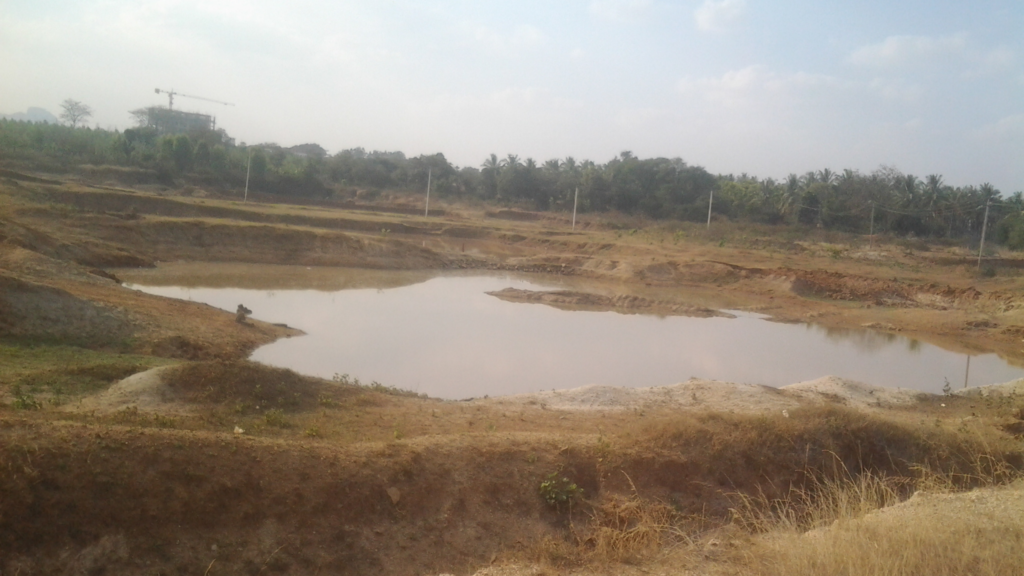Water, the lifeblood of our planet, sustains ecosystems, nourishes crops, and quenches our thirst. However, as global population grows and climate change impacts become more pronounced, the delicate balance between water availability and agricultural needs is under threat. In this blog, we delve into the critical challenge of balancing agriculture demands with water sustainability.
The Water Scarcity Conundrum
By 2050, the world’s population will require 60% more food, with developing countries facing an even greater demand surge. Agriculture, the backbone of food production, relies heavily on water. Yet, water scarcity looms large, exacerbated by factors such as over-extraction of groundwater, pollution, inadequate distribution, and climate change
Source: Water Security: Issues and challenges for India | The Water Diplomat
Indian farmers face several challenges regarding water resources in agriculture. These challenges include:
Irrigation: Indian agriculture is heavily dependent on irrigation, with around 60% of the total cultivated area being irrigated. However, access to irrigation facilities varies significantly across regions, with some areas facing water scarcity and others having inadequate irrigation infrastructure.
Water scarcity: Many regions in India face water scarcity due to factors such as erratic rainfall patterns, over-extraction of groundwater, and inefficient water management practices. This scarcity puts pressure on farmers to adopt water-saving technologies and practices.
Groundwater depletion: Over-extraction of groundwater for agricultural purposes has led to depletion of aquifers in many parts of India. This has serious long-term implications for agricultural sustainability, as farmers increasingly rely on groundwater to supplement surface water sources.

Crop selection and water-efficient practices: Indian farmers are increasingly looking for crops and agricultural practices that require less water. Drought-resistant crop varieties, drip irrigation, mulching, and rainwater harvesting are some of the strategies being adopted to conserve water and improve water use efficiency. Climate change: Climate change poses additional challenges to water resources in agriculture, with unpredictable rainfall patterns, increased frequency of droughts and floods, and rising temperatures affecting water availability and crop productivity.
Insights into the status of groundwater resources, extraction patterns, and challenges across different regions of India.
1. Total Annual Ground Water Recharge (2022):
Assessed: 437.60 billion cubic meters (bcm) | Contributed by rainfall: 61% of total recharge
2. Total Annual Extractable Ground Water Resource (2022):
Assessed: 398 bcm
3. Annual Ground Water Extraction (2022):
Total: 239 bcm | Largest user: irrigation sector
4. Stage of Ground Water Extraction:
Percentage with respect to Annual Extractable Ground Water Recharge: 60%
5. Categorization of Assessment Units:
Over-Exploited: 14% | Critical: 4% | Semi-Critical: 12% | Safe: 67% | Saline: 2%
6. Recharge Worthy Area (2022):
Total: 24.71 lakh sq km | Over-Exploited: 17% | Critical: 3% | Semi-Critical: 12% | Safe: 66% | Saline: 2%
7. Distribution of Annual Extractable Ground Water Resources by Category:
Over-Exploited: 12% | Critical: 3% | Semi-Critical: 12% | Safe: 73%
8. Changes from Previous Assessment (2020 to 2022):
Increase in Total Annual Ground Water Recharge: 1.29 bcm | Increase in Total Annual Extractable GW Resources: 0.56 bcm | Decrease in Annual Ground Water Extraction: 5.76 bcm
9. Factors Contributing to Over-Exploitation:
Over-extraction in regions with plentiful replenishable resources (e.g., Punjab, Haryana, Rajasthan, Gujarat). | Low recharge in arid regions (e.g., Rajasthan, Gujarat). | Limited storage and transmission capacities in hard rock terrains (e.g., Karnataka, Tamil Nadu, parts of Andhra Pradesh and Telangana). Source: https://static.pib.gov.in/WriteReadData/userfiles/file/GWRA2022(1)HIDO.pdf
The Challenge:
One of the biggest challenges facing Indian agriculture is water scarcity and the unsustainable use of groundwater. According to recent assessments, the annual ground water recharge in the country is 437.60 billion cubic meters, with rainfall contributing nearly 61% of this total. However, the annual ground water extraction stands at a staggering 239 billion cubic meters, with the largest user being the irrigation sector. This over-extraction of groundwater has led to the categorization of many assessment units as Over-Exploited, Critical, and Semi-Critical, posing a serious threat to water sustainability.
Regional Disparities:
The problem of water sustainability is further exacerbated by regional disparities. States like Punjab, Haryana, Rajasthan, and Gujarat face groundwater depletion due to over-extraction beyond the annual recharge, leading to over-exploited units. In contrast, peninsular India, particularly states like Karnataka, Tamil Nadu, Andhra Pradesh, and Telangana, struggle with over-exploited units due to low storage and transmission capacities of aquifers in hard rock terrains.
Solutions:
Addressing the challenge of balancing agriculture demands with water sustainability requires a multifaceted approach:
Promoting Water-Efficient Technologies: Encouraging the adoption of water-efficient technologies such as drip irrigation, sprinkler systems, and laser levelling can help optimize water use in agriculture.
Crop Diversification: Promoting crop diversification by incentivizing the cultivation of less water-intensive crops can help reduce pressure on water resources.
Improving Irrigation Infrastructure: Investing in the improvement and modernization of irrigation infrastructure, including canals and reservoirs, can enhance water distribution efficiency and reduce wastage.
Regulatory Measures: Enforcing regulations on groundwater extraction, including the implementation of water quotas and metering, can help curb over-extraction and promote sustainable water use.
Promoting Rainwater Harvesting: Encouraging rainwater harvesting techniques at the individual and community levels can help replenish groundwater and reduce dependence on unsustainable extraction practices.
Capacity Building and Awareness: Educating farmers about water-saving practices and the importance of water sustainability through training programs and awareness campaigns can foster a culture of responsible water use in agriculture.
Conclusion:
Achieving a balance between meeting agriculture demands and ensuring water sustainability is crucial for the long-term viability of Indian agriculture. By implementing a combination of technological, regulatory, and educational measures, we can mitigate the challenges posed by water scarcity and over-extraction, ensuring a secure and sustainable future for agriculture in India. It’s time to embrace this balancing act and chart a course towards a more water-resilient agricultural sector.


